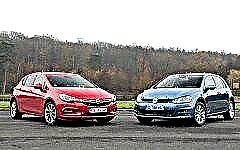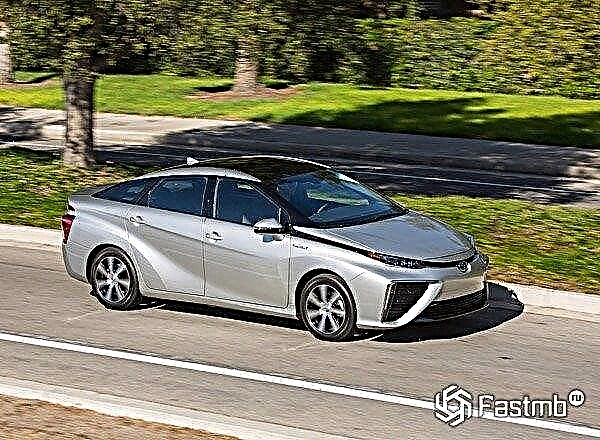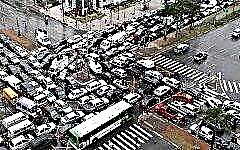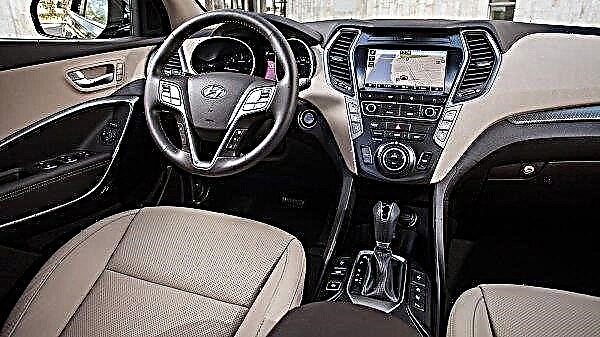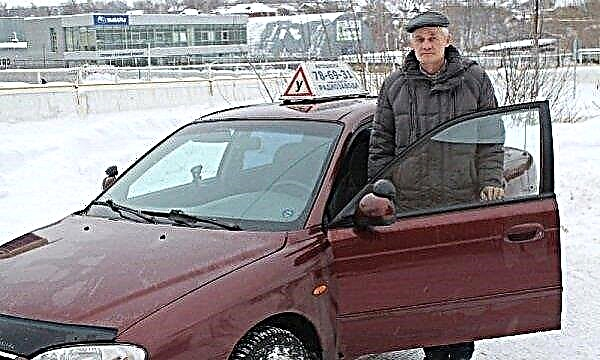
The content of the article:
- List of required documents
- Eligibility Exam Rules
- New requirements for certain categories of VU
- Why driving experience doesn't help you get a license
What was the reason for the refusal of many motorists to obtain a driver's license? The answer to this question is the traffic police innovations, which entered into force on September 1, 2016. And along with them, the problems began for potential motorists who wanted to get behind the wheel faster.
As a result, in comparison with the last year, the number of motorists has become a record low number of owners of driving licenses. It is not surprising - the new traffic rules turned out to be much tougher than the previous ones. In particular, the theoretical as well as the practical part of the exams has become more complicated. Instead of the usual 3 exercises, 2 more were added.
The number of questions has increased and the time has decreased. And one more amendment was that now from the time of filing an application to the exam itself, the applicant for the title of "full driver" has only 30 days.
List of required documents

The Ministry of Internal Affairs of Russia decided to keep up with the times, therefore, the acceptance of documents has been slightly changed. Here's what you need to get your driver's license:
- Actually, the statement itself. At the moment, it is submitted in both written and printed, electronic forms. To submit the latter, you must use the appropriate resources on the Internet. This is the website of the Ministry of Internal Affairs of Russia, as well as the United Portal. It is noteworthy that now the applicant for a driver's license does not need to personally visit the examination department to submit documents.
- Passport or other document that proves the identity of a potential driver. For Russians - a passport of a citizen of the Russian Federation, for foreigners - an international passport and a certificate from the place of registration.
- Conclusion issued by a medical institution on the ability to drive a vehicle.
- Frosted photo. There is a choice of black and white or color options. 35mm. by 45mm.
Nevertheless, the commission may deny a potential driver the right to obtain a driver's license (VU) for the following reasons, which are spelled out in paragraph 24 of the new Administrative Regulations:
- incomplete package of documents provided;
- there is a medical examination of the inability to drive this or that vehicle;
- has not completed driving training;
- deprived of a driver's license;
- there is a criminal record;
- did not pass exam;
- refused to pay the state fee;
- there is information about an administrative penalty;
- have not reached the age required to obtain a VU.
However, the conditions are more or less loyal. The only thing that complicates life for VU applicants is the short period during which it is necessary to pass the exam. Just 30 minutes.
Eligibility Exam Rules

As before, the exam will have two main parts: theoretical and practical. The theory provides for a list of exam tickets that match the vehicle specified on the submitted application.
And yet, what new tricky features the new tickets have acquired:
- 20 questions, which are combined into 4 groups. Moreover, there are 40 thematic blocks, each of which contains 5 questions;
- from 2 to 5 answers are offered to choose from for each question;
- time to complete the task - 20 minutes;
- 1 wrong answer is fraught with 5 additional questions, 2 inaccurate executions - 5 more;
- you cannot make mistakes in side quests.
So it turns out that only 2 mistakes can be made, for each of which 10 questions are added and a similar time in minutes to complete.
The exam result is assessed by two indicators: "Pass", "Failed".
If everything went well, you can proceed to the second stage, which will determine the skills of driving a vehicle at the new, improved circuit. No more than 20 minutes are allotted for each applicant.
Further, those who want to get behind the wheel will have another test - driving, which is conditionally close to driving in an urban environment. Moreover, the examiner will sit next to the applicant for VU. The latter, at the command of the first, will have to make some maneuvers and pass objects such as:
- an intersection that is regulated;
- crossing of equivalent roads;
- railway crossings;
- pedestrian crossings.
Also, a driver's license applicant will need:
- overtake;
- navigate a difficult situation on the road;
- choose the correct type of braking, which depends on the speed suggested by the examiner.
The classification of results in this task is completely identical to that provided by the previous tasks.
New requirements for certain categories of VU

Let's evaluate the innovations in the requirements for individual categories. Let's start in order.
"A": driving motorcycles. Category "A1" - light motorcycles. "M" - mopeds. The theory is the same, but the practice is slightly different from the general requirements.
Each candidate must have a helmet and gloves. Clothes - tight jacket and trousers. Boots must be at least level with the bootleg. The exam on a special site provides for:
- the ability to navigate and drive a vehicle in a confined space;
- stop (regular and emergency);
- disembarkation and landing of passengers;
- parking.
The order of delivery is the same, the ability assessment remains the same.
It will be more difficult to get the long-awaited category that allows you to get behind the wheel of passenger cars. In this case, we are talking about category "B". To obtain the right to drive a passenger car, a potential driver will have to carry out:
- lifting (taking into account the beginning of the movement and the correct stop);
- parking (extremely clear positioning of the car within the parking space and leaving it);
- embarkation and disembarkation of all passengers;
- control of the machine with only one reverse gear (a specialized box is used);
- correct intersection of the intersection;
- turns, turns and other tests already described in the rules for passing on the right.
The next are tricycles - category "B1", which is tested by similar tasks as for passenger cars.
But for trucks there is a category "C". These tasks are also suitable for light trucks that assume the category "C1". The theory remains the same, but the practice, according to the new rules, has undergone the following adjustments:
- driving in a limited area, driving in reverse;
- standard parking. Purpose: loading and subsequent unloading. The process takes place on the created overpass;
- embarkation and disembarkation of passengers;
- check-in using reverse gear into an equipped box;
- crossing an intersection;
- checking turns;
- reversals;
- moving from lane to lane;
- crossing of railway tracks;
- overtaking;
- transport management at zebras and equipped stops;
- braking.
Categories "D" - buses, "D1" - small buses, go through the same tasks and the same theoretical stage procedure as ordinary cars.
It would seem that for an experienced driver, such exercises are doable. After all, facing them every day, he must pass all the theoretical and practical stages without any problems. But according to the data obtained by the traffic police, this, unfortunately, is not the case.
Why driving experience does not help you get the coveted license

Is the problem related to the regulations? But no. It's all about the new unusual implementation of the law - the exam time was reduced to 30 minutes.The additional questions arising as a result of incorrect answers are also frightening.
Of course, the authors of the new rules did not set themselves the goal of reducing the number of drivers on the roads. Their main task is to improve the quality of driving and to protect other motorists from poorly trained road users. As a result, this should lead to a reduction in both minor accidents and more terrible car accidents.
Since 2016, 3 thousand specialized driving schools can take exams under the new driving rules. To improve the quality of examinations, special seminars were held to improve the qualifications of examiners, followed by intensive testing.
If earlier many VU applicants were able to simply agree with the examiner and get the rights, now there is no such loophole, since the whole process of passing theory and practice is recorded on special devices with their subsequent storage.
By the way, according to the results of inspections that were carried out after the innovations, the number of accidents decreased by 41%. So the adjustments made were effective. The main thing is that this trend continues in the future.

